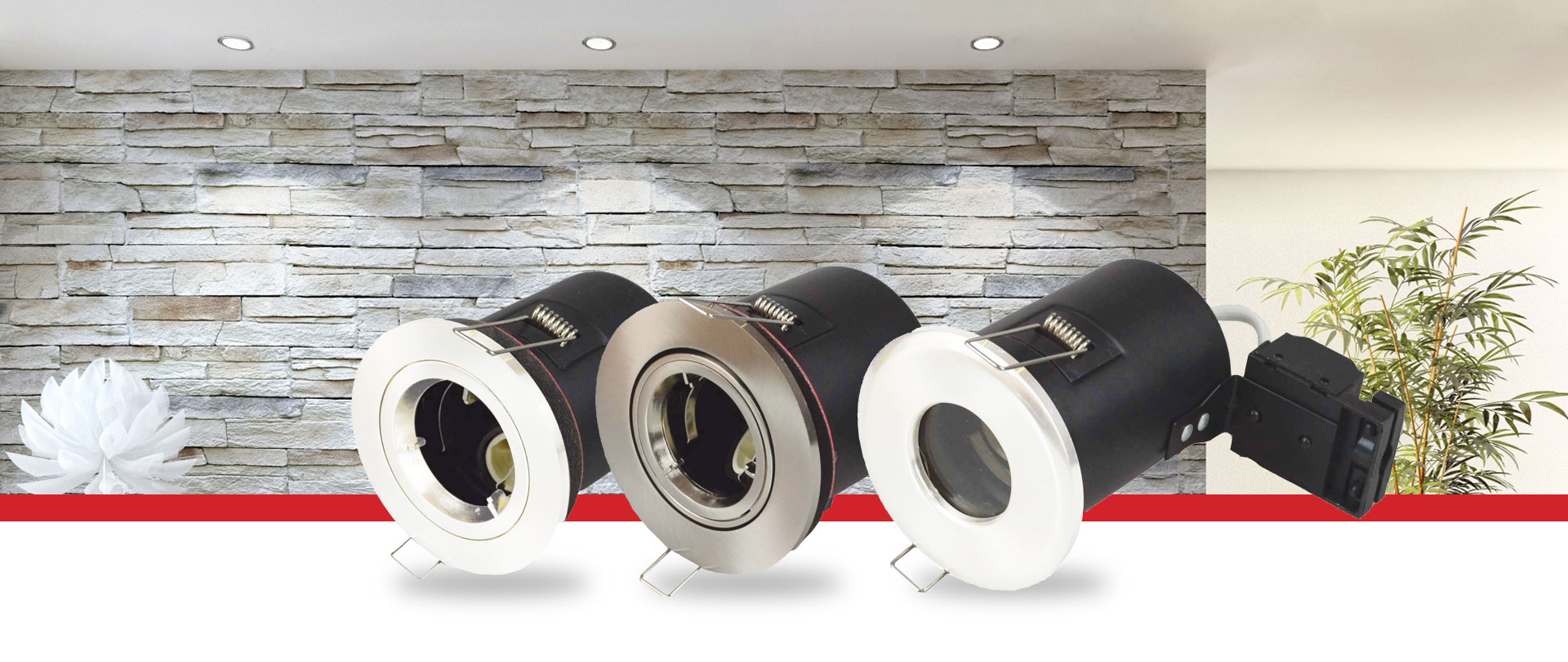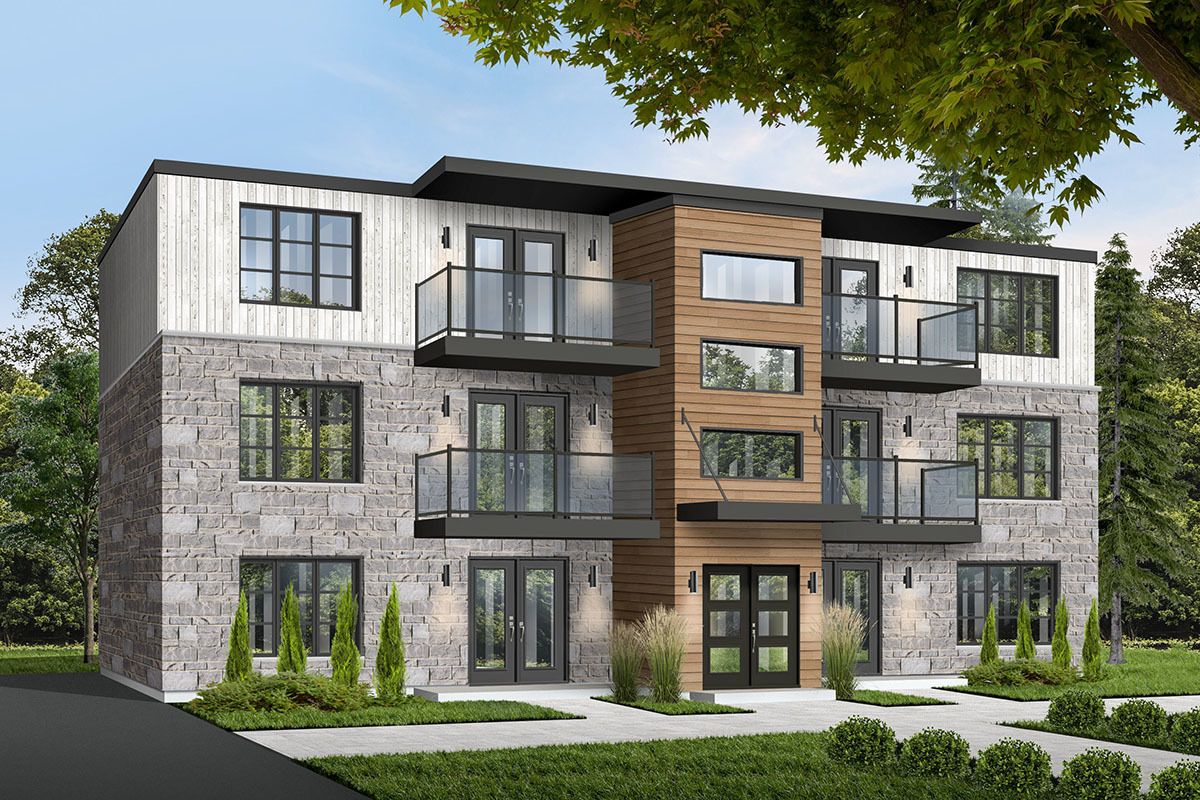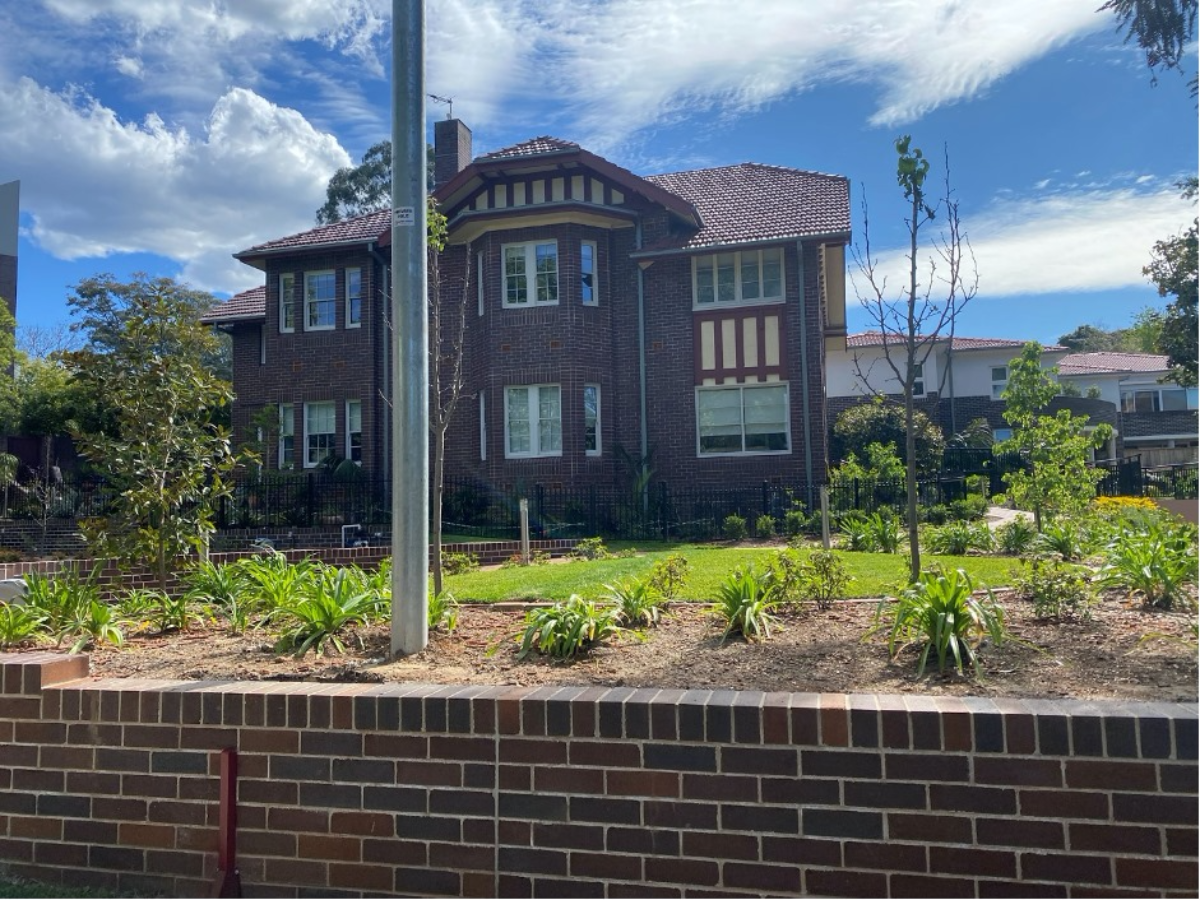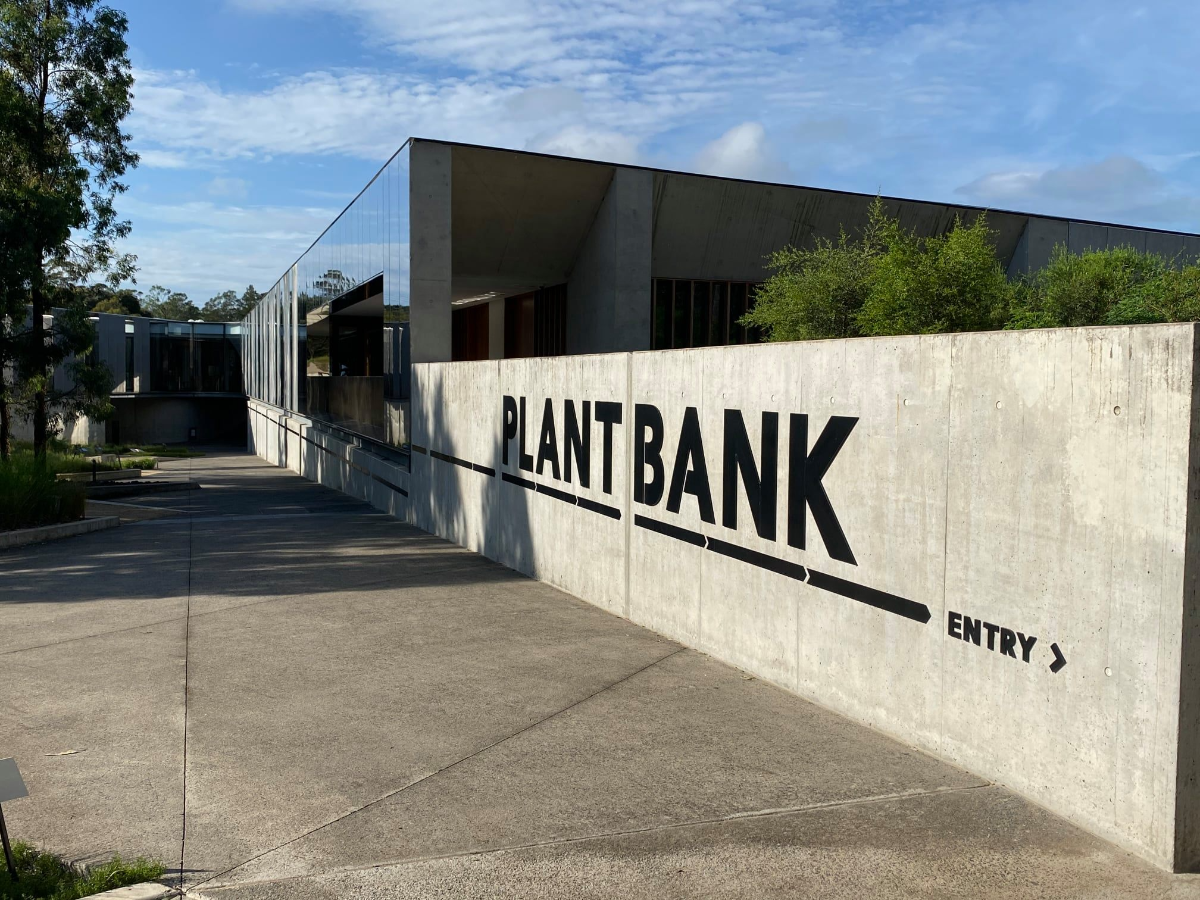
- March 22, 2021
- Effective Building
- 0
Poorly installed downlights are the cause of the majority number of fires in homes annually. Hence, fire-rated downlights are the best one to choose to prevent fires from happening.
This article will provide you a quick reference for installers on the appropriate selection and fire-rated downlights installation in premises and how to prevent these from becoming a fire hazard.
Why are Downlights At Risk?
Under normal operating conditions, the surface temperature of tungsten halogen lamps exceeds 200C, which is above the ignition temperature of any combustible materials. Without enough ventilation to permit safe heat dissipation, downlights can’t be covered by thermal insulation or installed closely to combustible materials (such as roof timbers). Doing this can cause fires or harmful thermal effects to their surroundings.
Even when the insulation isn’t present, there’s a risk that dust, debris, and other combustible materials could ignite if they come into contact with the hot lamp.
If the thermal insulation is laid over existing downlights and on any associated transformers that aren’t designed to safely operate under these conditions can result in overheating. The bases of the most common types of push-fit extra-low voltage lamps (with dichroic or aluminium reflectors) are identical.
However, most types of downlights aren’t designed to operate safely with both types of lamps. However, lamps can be fitted inadvertently that go beyond the maximum rating of the luminaire or which reflect heat in the wrong direction.
Fire-Rated Downlights Explained
Operating Voltage
Fire-rated downlights operate at the main voltage (230V) or are powered via a transformer at an extra-low voltage (12V). Extra-low voltage (ELV) downlights are often wrongly described as “low voltage” on product packaging.
Fire Performance
Fire-rated downlights mean they have in-built fire protection that fully seals the downlights in the event of a fire to prevent the spread of fire and smoke into the other areas. The fire performance of ceiling structures that have a fire containment function or are required to carry the load for a required period mustn’t be compromised by the fire-rated downlights installation.
For all downlights installed in ceilings, Effective Building & Consultancy recommends the use of fire-rated downlights fitted with aluminium reflector lamps to ensure that any fire in the space below is kept out of cavities and that the heat build-up above and within the fitting is reduced.
In cases wherein a selected design or downlights style isn’t available with fire protection, extra protection (fire-hood or an insulated fire protection box) may be fitted during the installation.
Mounting on Normally Flammable Surfaces
Fire-rated downlights are classified as to whether they are suitable or not for direct mounting on typically flammable surfaces. The common flammable materials are those which have an ignition temperature of at least 200C and which will not weaken or deform at this temperature. Examples are wood and wood-based materials of more than 2mm thickness.
Look for any warning symbols if the downlight is suitable for the direct mountain on non-combustible surfaces only.
Covering with Thermal Insulating Materials
To avoid the risk of fire, reduced lamp, and service life caused by overheating, downlights and any associated transformers shouldn’t be covered by thermal insulation. Even fire-rated downlights need to be protected against future covering unless they are specifically designed to operate safely in this condition. Such care must be taken where loose-filled insulation is present, as this can be moved easily by vermin, drafts, etc. and may then come into contact with the downlights.
Building regulations don’t prohibit the leaving of a small area around downlights free from thermal insulation where this is necessary to all the dissipation of heat they generate. But proper allowance for this should be made in the entire acoustic and thermal performance of the premises. On the other hand, if there’s access to space above the downlight, a proprietary insulation support box or similar cover will ensure enough air space around the downlights to prevent overheating.
Manufacturer’s Instructions
In all cases, the manufacturer’s instructions supplied with the fire-rated downlights must be followed. The manufacturer should specify the amount of space to be left around the back of the downlights, its fire rating, whether the fitting can be covered with thermal insulation, and the type/wattage of lamps that can be fitted.
Ingress Protection (IP) Rating
Fire-rated downlights should be selected with the correct IP rating for the location in which they will be installed. For instance, those located in bathrooms should have an IP rating based on the zone they’re installed in. In all cases, an account must be taken for the requirements given in the current version of AS 60529 (Requirements for Electrical Installations of Australia) and International Standard IEC 60529.
Downlight Lamps Explained
The most widely available types of tungsten halogen lamps are manufactured with either an aluminium reflector and a dichroic-coated (cool beam reflector). The reflector type determines how most of the heat generated by the lamp is reflected.
Reflector Types
Aluminium lamps reflect the visible light and most of the heat forwards out of the front of the lamp. However, consideration must be given to the positioning and intended use of fire-rated downlights fitted with aluminium reflector lamps to prevent excessive heating of lighted objects.
Dichroic (cool beam) lamps reflect visible light forward while allowing most of the radiated heat to pass out of the back of the lamp. These lamps must only be used in downlights specifically designed for their use, hence, overheating can occur.
Lamp Bases
Twist and lock for mains voltage types and push-fit for ELV are the most common tungsten halogen lamps for use in downlights. Although lamp bases are different in design to prevent ELV lamps from being used in mains voltage fittings, some lamp holders will accept both dichroic and aluminium reflector lamps.
Warning
Using dichroic reflector lamps in downlights with aluminium reflector lamps could create excessive heat within the luminaire leading to an unsafe situation and risk of fire.
Protective Shield
Tungsten halogen lamps should fit with a protective shield to ensure that particles from a shattered lamp will not cause any harm. Fire-rated downlights not supplied with a glass protective shield must be fitted with a self-shielded lamp.
Safety Symbols, Information, and Markings
The product standards relating to luminaires and control equipment specify safety information that manufacturers must mark on downlights, lamps, transformers, or their packaging.
When fitting replacement lamps:
- Read and follow the manufacturer’s instructions.
- Check the packaging and the fitting or correct replacement lamps and don’t exceed the rated wattage.
- Switch off the electricity before changing a lamp.
- Don’t fit the dichroic reflector lamp unless the fitting is designed for use with that type of lamp. If you’re in doubt, fit aluminium reflector lamps only.
- If the old downlight is damaged, corroded, or scorched, recommend a fire-rated downlight replacement.
Checking existing downlights:
- Check for visible markings on downlights indicating lamp type and lamp wattage
- Check downlights and their surroundings for overheating signs such as curled labels, scorching, or discolouration.
- Ensure that downlights installed in ceiling cavities have sufficient space around them.
- Ensure that downlights aren’t in contact with or covered by loft insulation or other combustible material unless they are designed to operate safely in those conditions.
- Check that the downlights aren’t installed too close to furniture, curtains, or similar combustible items.
- If dichroic lamps have been fitted in downlights designed for use with aluminium reflector lamps, replace them with the correct type. Look for the symbol indicating no use of cool beam lamps
Alternatives to Tungsten Halogen Lamps
Consider fitting low-energy lamps, such as LED lamps, or CFL (compact fluorescent), as they produce less heat than traditional tungsten halogen lamps, reducing the risk of fire. They also use less electricity.
To help you ensure the safety of ceiling insulation and new fire-rated downlight installations, call a registered building inspection company today. For more information about our services, visit our Help Centre.
Suppose you are planning to work on multi-story units. In that case, you may find yourself wondering if you should Read more
Heritage buildings represent the history and culture of a nation. They constitute together the architectural heritage of an area. Heritage Read more
The Australian PlantBank is a remarkable new plant conservation laboratory at The Australian Botanic Garden in Mount Annan. It is Read more





